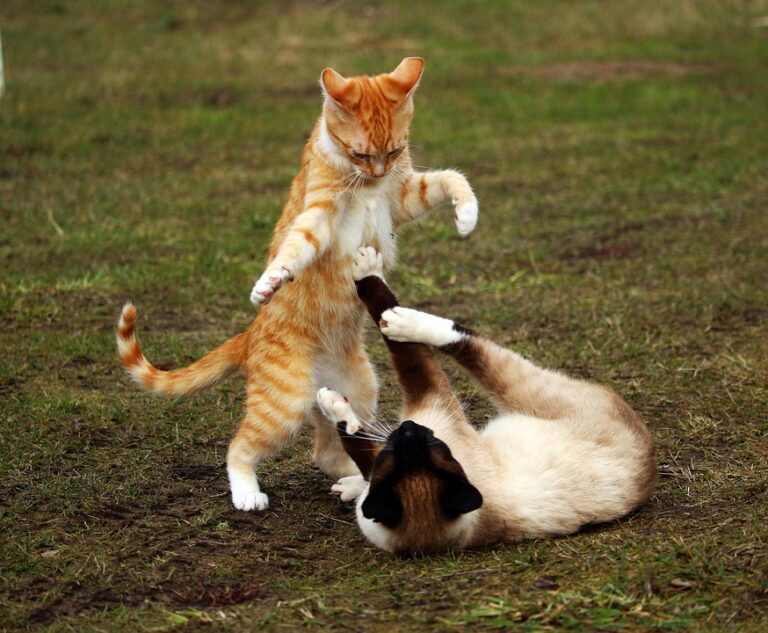Battle Royale Game Mechanics: A Deep Dive into Loot Systems and Combat
The fervor surrounding Battle Royale games has escalated over the past few years, drawing millions of gamers into fast-paced gameplay where survival hinges on strategy, skill, and a little bit of luck. This article provides an in-depth examination of the key mechanics at play, focusing specifically on loot systems and combat techniques, essential elements that define the genre.
Understanding the Battle Royale Phenomenon
The Rise of Battle Royale
In recent years, the Battle Royale genre saw a meteoric rise, spurred on by titles like Fortnite, PUBG, and Apex Legends. According to a report from Statista, as of 2023, the global Battle Royale market is expected to surpass $20 billion, emphasizing the genre’s popularity and impact. Players are drawn not only to competitive gameplay but also to the thrill of scavenging for gear, which leads us to the next crucial component—the loot system.
What is a Loot System?
Loot systems refer to how items, weapons, and supplies are distributed within a game. In Battle Royale games, the loot system can determine a player’s advantage or disadvantage right from the start. The method of distributing items affects how players strategize and interact with their environment.
Types of Loot Systems
1. Randomized Loot
One of the most common loot systems in Battle Royale games is randomized loot. This system generates items in certain areas of the map, encouraging players to explore and compete for resources. This unpredictability creates a dynamic gaming experience where players must adapt their tactics based on their loadout.
2. Tiered Loot
Another approach is tiered loot, where items are classified into different levels of rarity. For instance, higher-tier weapons provide better damage and accuracy but may be harder to find. This system leads to high-stakes competition in certain areas, as players strategize on when and where to engage.
3. Spawn Points
Some games implement designated spawn points where rare loot can be found. This leads to intense battles as players drop into the same areas, vying for the best weapons. Fortnite, for instance, has specific locations like “Tilted Towers” that are infamous for their loot density and player traffic.
Combat Mechanics in Battle Royale Games
While loot systems dictate the resources available, combat mechanics determine how players utilize those resources.
1. Player Movement
In Battle Royale games, player movement is crucial. Techniques such as sprinting, crouching, and jumping contribute significantly to combat effectiveness. Understanding how to move strategically can be the difference between victory and defeat.
2. Weapon Variety
The wide array of weapons available creates diverse combat experiences. Players might prefer shotguns for close-quarters battles or sniper rifles for long-range engagements. This variety encourages players to adapt their strategy based on their preferred playstyle and the loot they acquire.
3. Team Dynamics
Many Battle Royale titles allow for squad play, fostering teamwork and enhancing the tactical aspect of combat. Effective communication and role allocation within teams can lead to more successful engagements and ultimately, victories.
Example of Effective Strategy
Consider a scenario in PUBG where a team of four drops into a loot-rich area. By evenly distributing their search for weapons and supplies, they boost their chances of all acquiring quality gear quickly. This coordinated effort exemplifies how loot systems and combat mechanics work hand-in-hand.
The Importance of Strategy
Adaptation and Flexibility
Players must continually adapt to changing situations, whether it’s the loot they’ve been able to acquire or the movements of opponents. A successful Battle Royale player doesn’t merely rely on luck; they develop keen strategies based on situational awareness and resource management.
The Meta
Each game evolves, creating a competitive environment where certain weapons or strategies become more favorable—often referred to as "the meta." Staying updated on these shifts can significantly enhance a player’s performance and longevity in the game.
Current Trends in the Battle Royale Scene
Esports Growth
As of 2023, esports tournaments focusing on Battle Royale titles have significantly grown in prestige and audience numbers. Major events draw millions of viewers, and players often become household names, further fueling interest in the genre. The global esports market was valued at $1.84 billion in 2022 and is expected to continue expanding.
Community Engagement
Most successful Battle Royale games boast active communities that engage in discussions about strategies, loot mechanics, and upcoming changes. Platforms like Twitch and Discord have become hubs for this interaction, where players share their gameplay experiences and tactics.
Conclusion: The Future of Battle Royale Games
The mechanics of loot systems and combat will continue to shape the Battle Royale genre. With constant innovations and community feedback, developers are likely to introduce new features that keep the thrill alive for millions of players worldwide.
For more insights into gaming strategies, check out our articles on Top Battle Royale Games of 2023 and The Evolution of Gaming Mechanics on Buzzo.live. For an external perspective, refer to the detailed analysis by GamesRadar here, which discusses upcoming trends in the industry.
Image Suggestions
- Image 1: A loot drop in a popular Battle Royale game (alt text: "Battle Royale loot system")
- Image 2: Engaged players in combat during a Battle Royale match (alt text: "Battle Royale combat mechanics")
This comprehensive article offers a well-rounded view of the mechanics that make Battle Royale games a captivating genre, and as the industry evolves, these elements will undoubtedly keep players engaged for the foreseeable future.


